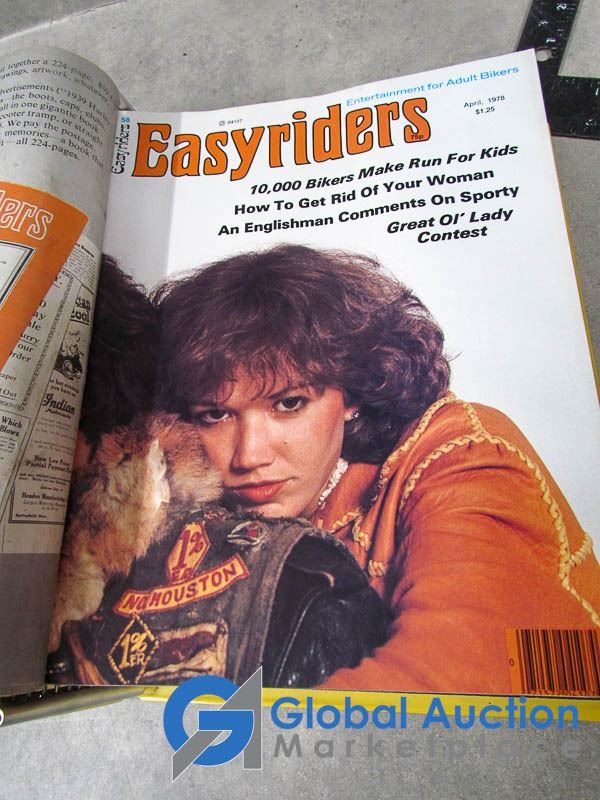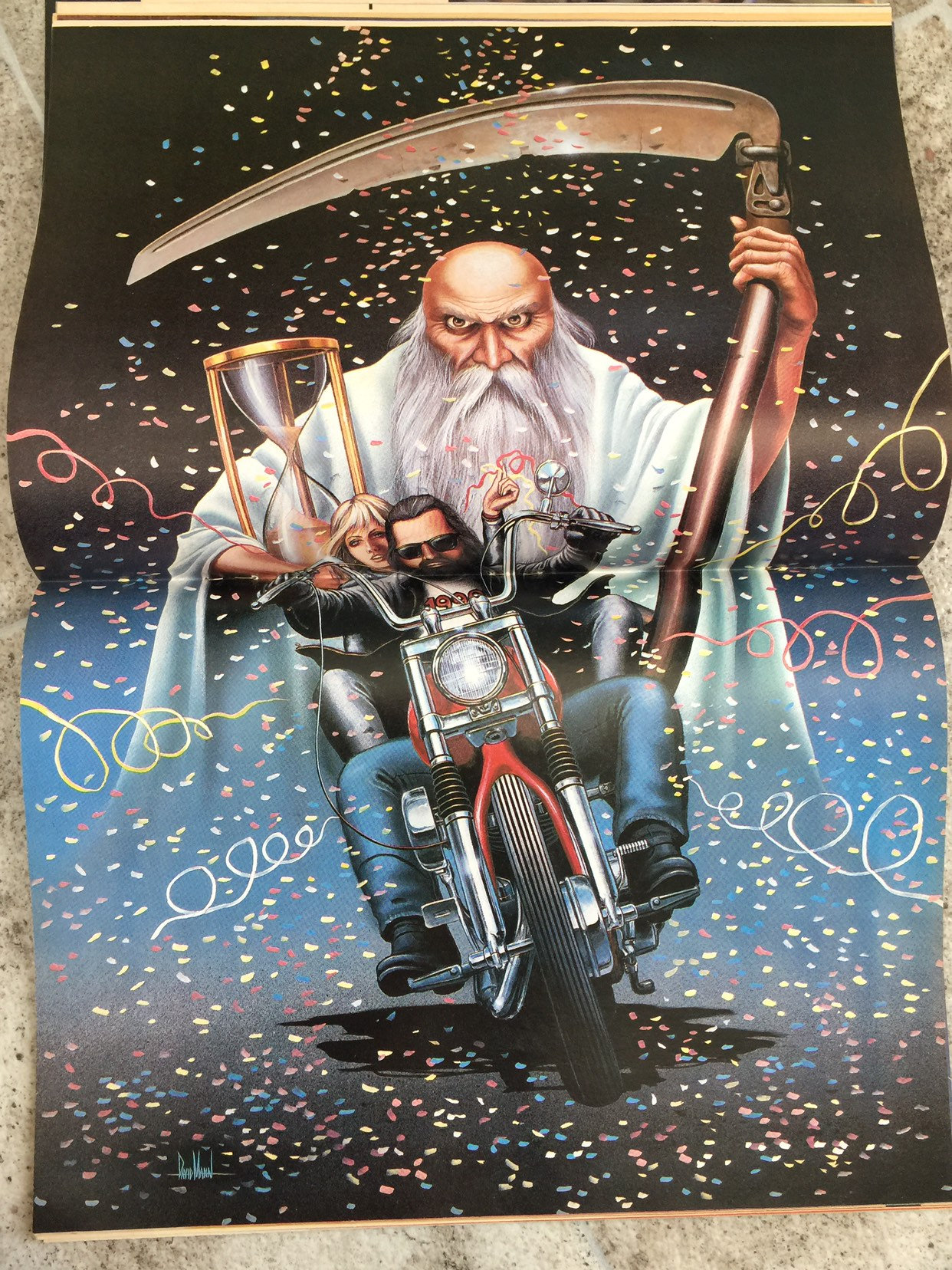

The rigid frame had a saddle, solo or optional two-up, which did supply a decent measure of comfort for the rider. As one road-tester put it in August of 1949, the new fork had made the Big Twin into “a marvelous road motor.” A self-styled humorist noted that the look of the massive fork was that of a couple of beer cans.

They were quite simple, really, with long helical springs located in the fork tubes, more than 5 inches of travel, using a high-viscosity synthetic oil for damping and added cushioning effect. Telescoping forks had been around since the late 1930s, were obviously the “coming thing,” and Harley did not want to be left too far behind. Rumor was that The Company had wanted to include the new fork with the new engine in ’48, to give the consumer a big double-whammy of newness, but cooler heads decided to take this a step at a time. In truth, the factory had come up with the design right after the war, but the economics of using up the extant supply of girder forks, and developing a production line for the new ones kept the girders in business until 1949. In Lou's early career he was the Managing Editor of Rod & Custom, Motor Life, and Hop Up magazines, as well as Art Director for Speed & Spray and Road & Track magazines.That changed in 1949, when the first Hydra-Glide appeared-with a hydraulic telescoping fork.
#EASY RIDER MAGAZINE HISTORY MOVIE#
During the late 1950s due to the teen-sensation of DIG magazine, Lou was asked to co-write the cult classic movie called The Hot Rod Gang, and he co-produced Hot Rods to Hell and High School Hellcats. In addition to DIG, Lou created and published Modern Teen magazine, Elvis Presley (a one-shot magazine), and various paperbacks. ĭuring the 1950s Teenage Publications, another publishing company of Lou Kimzey's, produced publications such as DIG, which was America's first general interest magazine for teens. These two publishing houses produced the following magazines: Cavalier, Teenville, TeenSet, Nevada, Las Vegas Playground, Black Belt, Drag Racing, Modern Rod, Drag Strip, Paper Bag, and a one-shot magazine on the 1965 Watts riots, Anarchy Los Angeles. In the 1960s Lou started Magazine Publishing Services and later the Kimtex Corporation. At that time it was an acronym for "A Brotherhood Against Totalitarian Enactments." It is now known as American Bikers Aimed Toward Education. He was a biker himself, and along with Keith Ball, Lou Kimzey created A.B.A.T.E. Lou also started companies that sold bike modification parts, biker products, and biker lifestyle paraphernalia. Lou was CEO of Paisano Publications, as well as the Editorial Director of several published monthly magazines and periodicals including: Easyriders, Iron Horse, Biker, In The Wind (quarterly), Tattoo (quarterly), a one-shot magazine called Motorcycle Women, Yesterdaze (book), Earlyriders (book), anniversary issues, annual calendars and various Easyriders paperbacks.

Easyriders became a world sensation, the largest selling newsstand motorcycle magazine in the world with a circulation of over 550,000 copies. In the early 1970s, after his post as Creative Director of Big Bike magazine, Kimzey was the creator and publisher of the gritty biker magazine Easyriders, the first lifestyle biker magazine on the market. Lou Kimzey was inducted into the Sturgis Motorcycle Hall of Fame in August 2009. Lou Kimzey (Sr.) (1928-1997) was the creator and publisher of the biker magazines Easyriders and Iron Horse. Creator and Publisher of Easyriders magazine


 0 kommentar(er)
0 kommentar(er)
